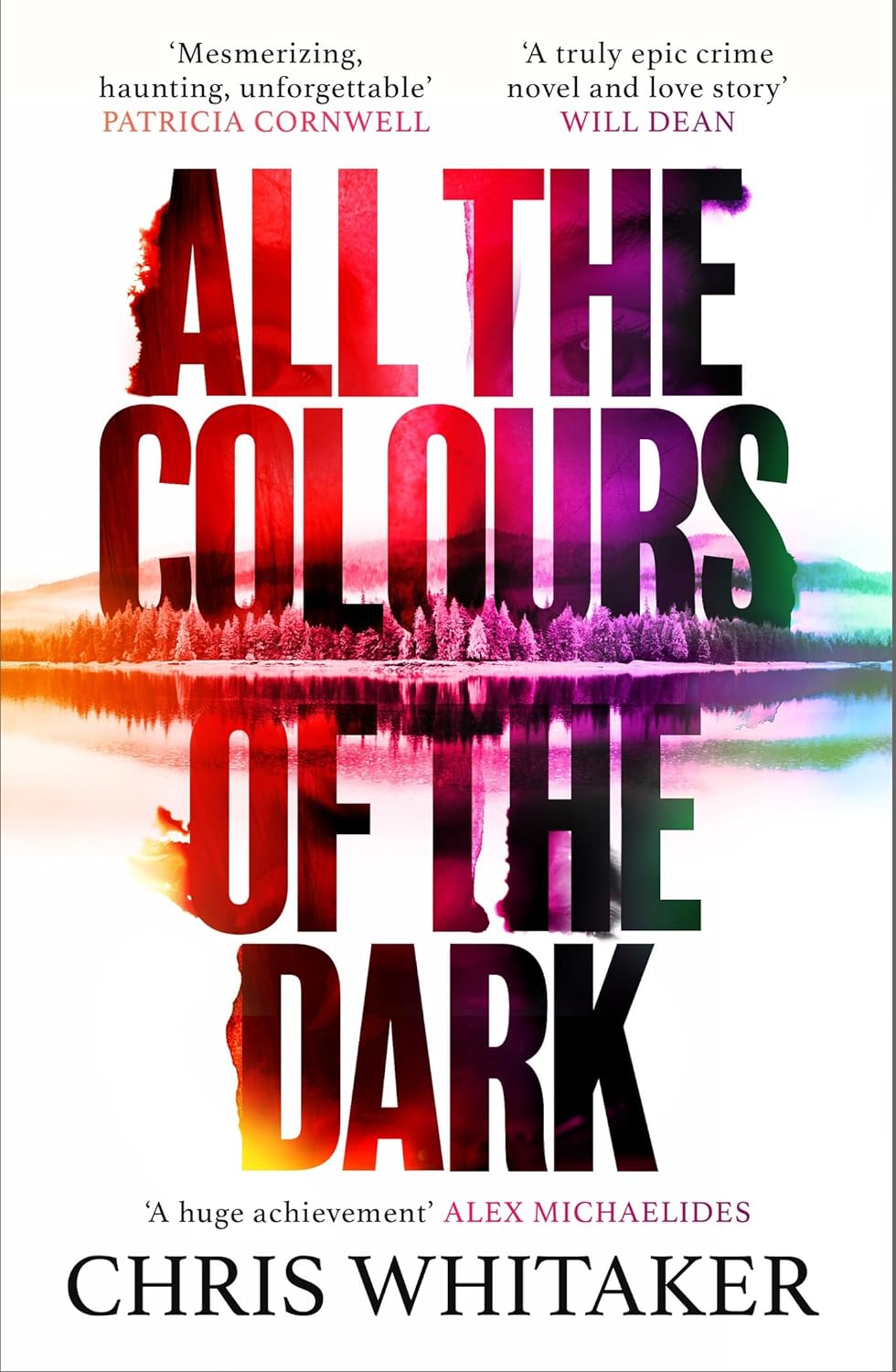All the Colors of the Dark
Chapter 229
byChapter 229 opens with Saint revisiting the tangled layers of the Macauley investigation, a case that has long haunted her professional career. Himes brings her up to speed, sharing that Owen Williams—a construction worker whose mishap triggered a local power failure—insists it was a careless oversight rather than something intentional. Saint listens carefully but can’t shake the feeling that this is more than just coincidence, especially when she correctly guesses Williams has a daughter named Lucy, a detail that hints at more personal stakes than initially admitted.
Determined to explore further, Saint reaches out to Warden Thompson at the James Connor Correctional Facility, hoping for clarity regarding Macauley’s time in custody. Though the call yields little at first, Thompson casually mentions that Macauley had frequent contact with a particular guard named Darnell Richardson. That name ignites a new lead, prompting Saint to consider whether this connection could have influenced Macauley’s behavior or his access to outside communication during incarceration.
With this in mind, Saint climbs into her attic, where she has kept the Macauley case file locked away for over a decade. The act of opening it feels like peeling back layers of old grief, especially as she pulls out folders filled with recordings, police interviews, and long-forgotten maps. Among the documents, she finds detailed soil composition analyses, topographical sketches, and crime scene photographs—materials that map Macauley’s trajectory in unsettling precision and suggest a deeper pattern hiding in plain sight.
As night falls, Saint lingers on the section concerning Marty Tooms, a man whose claims about finding a stray dog on his property once seemed harmless. Within the interview transcripts, there’s a moment that stands out: Nix pressing Tooms on whether taking a life is ever justified, with Tooms stumbling through his response. While Tooms insists his actions were misinterpreted, his confusion about the dog’s sudden appearance raises new suspicions, casting doubt on his earlier narrative and motives.
Saint begins to view Tooms’ story through a new lens, wondering whether his tale about chasing a lost animal was a way to disguise his own guilt. His emotional breakdown during the questioning hinted at layers of regret, but Saint now suspects that regret might not equal innocence. She is particularly drawn to one line from the report that describes Tooms looking up at Nix with tear-filled eyes, stating, “I only ever wanted to save someone.”
In the file’s final pages, Saint discovers something she hadn’t noticed before—a weathered gold dog tag that had been placed in a clear evidence sleeve. Inscribed on it is the name “Scout,” a discovery that tightens the emotional noose around her thoughts. The small metal tag connects Tooms not just to the alleged dog, but to a greater thread of memory and unresolved tragedy, one that forces her to reconsider the entire shape of the investigation.
That single artifact, seemingly minor, opens a flood of emotion for Saint. It reminds her of the blurred line between those who commit harm and those who are trying—however imperfectly—to heal. In Tooms’ case, the distinction has always felt tenuous, and now she wonders whether it was easier for people to label him guilty than to face the more complicated possibility that he was both victim and protector.
As she closes the folder, Saint recognizes how much of herself has been invested in these cases—not just in legal pursuit but in the emotional unraveling they demand. Each detail, from the soil samples to a dog tag, paints a picture of lives interrupted, of justice chasing ghosts, and of a town still shaped by events it pretends to forget. The chapter ends not with clarity but with the quiet storm of questions that continue to follow her, as she stands between what was lost and what still might be found.


0 Comments